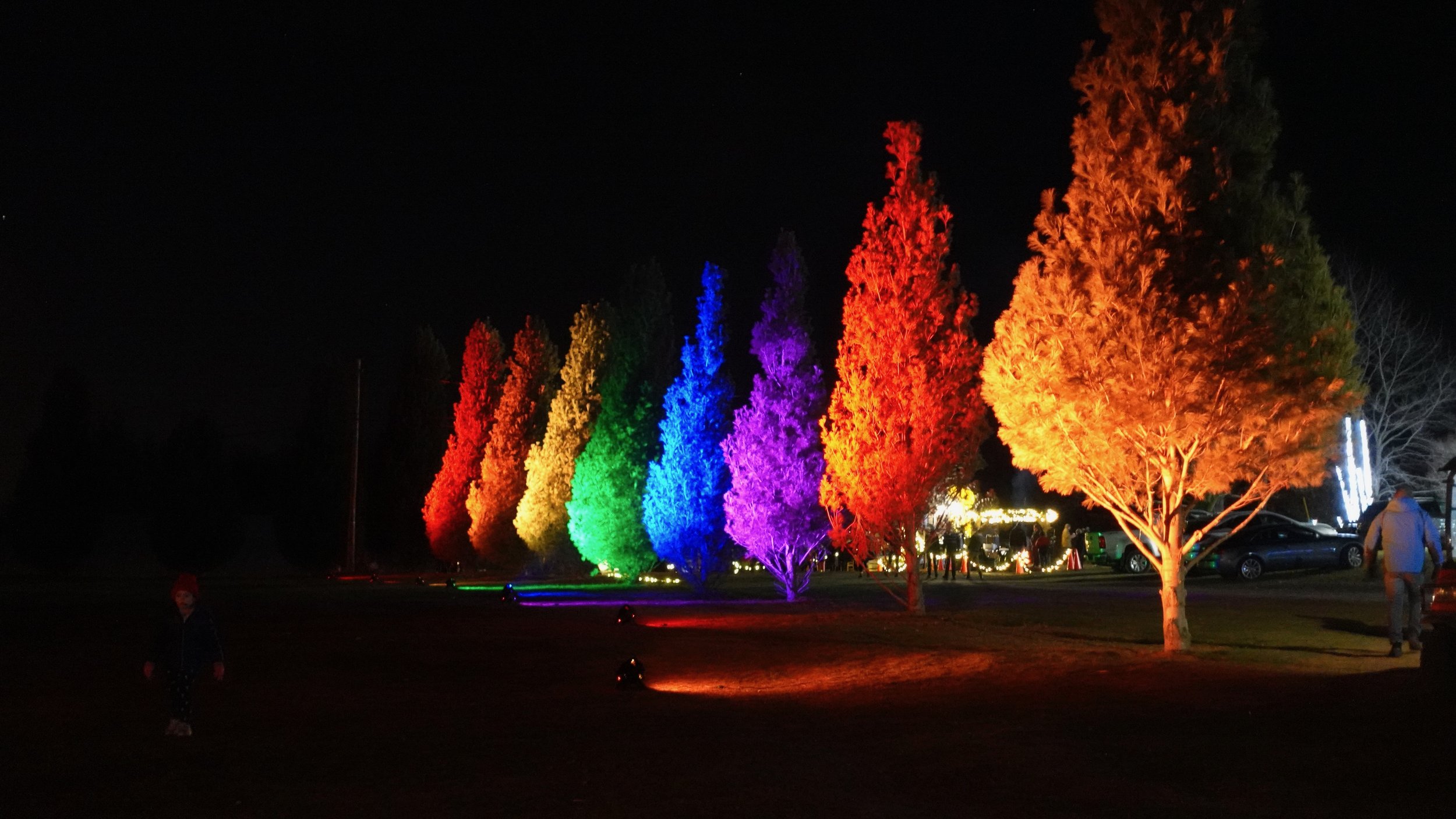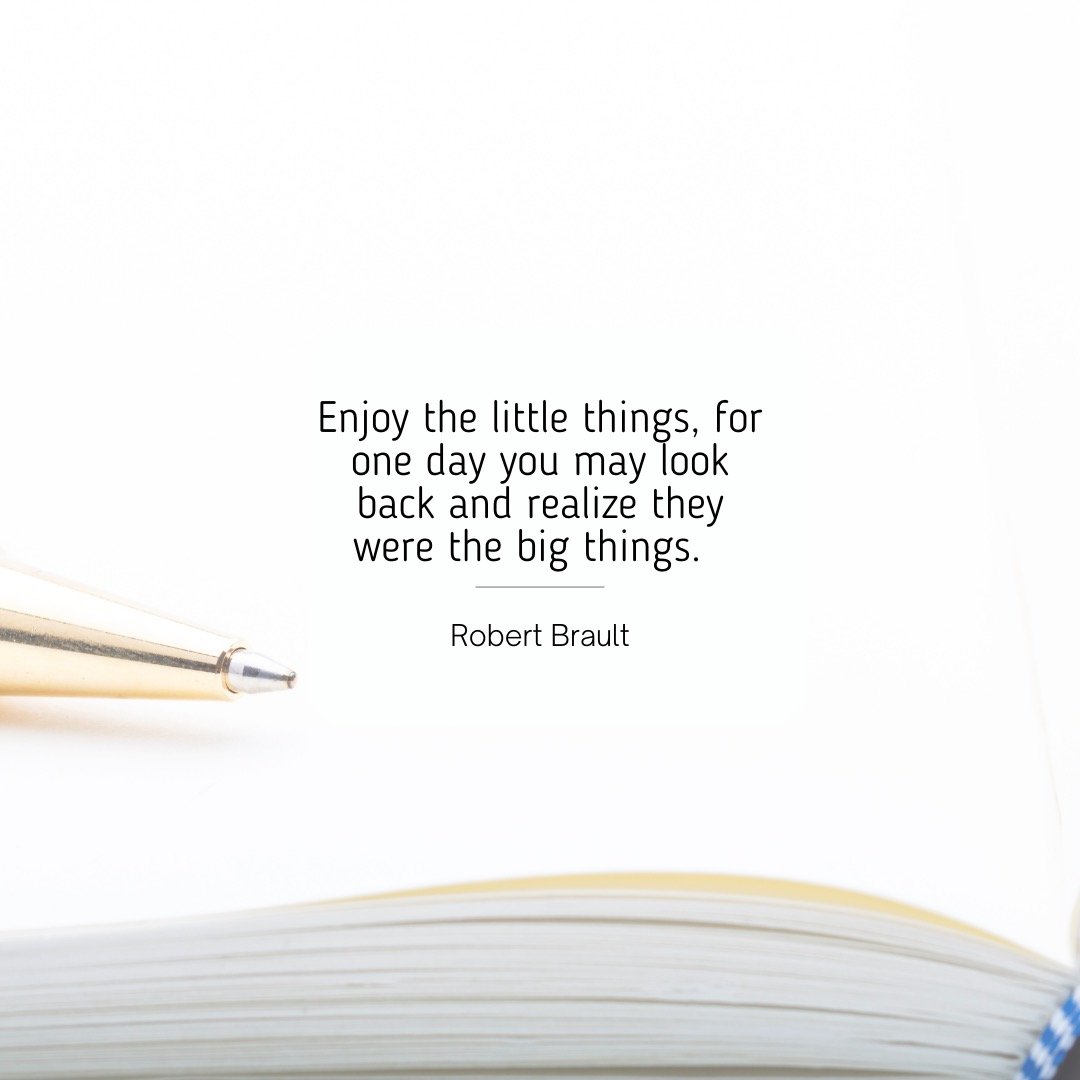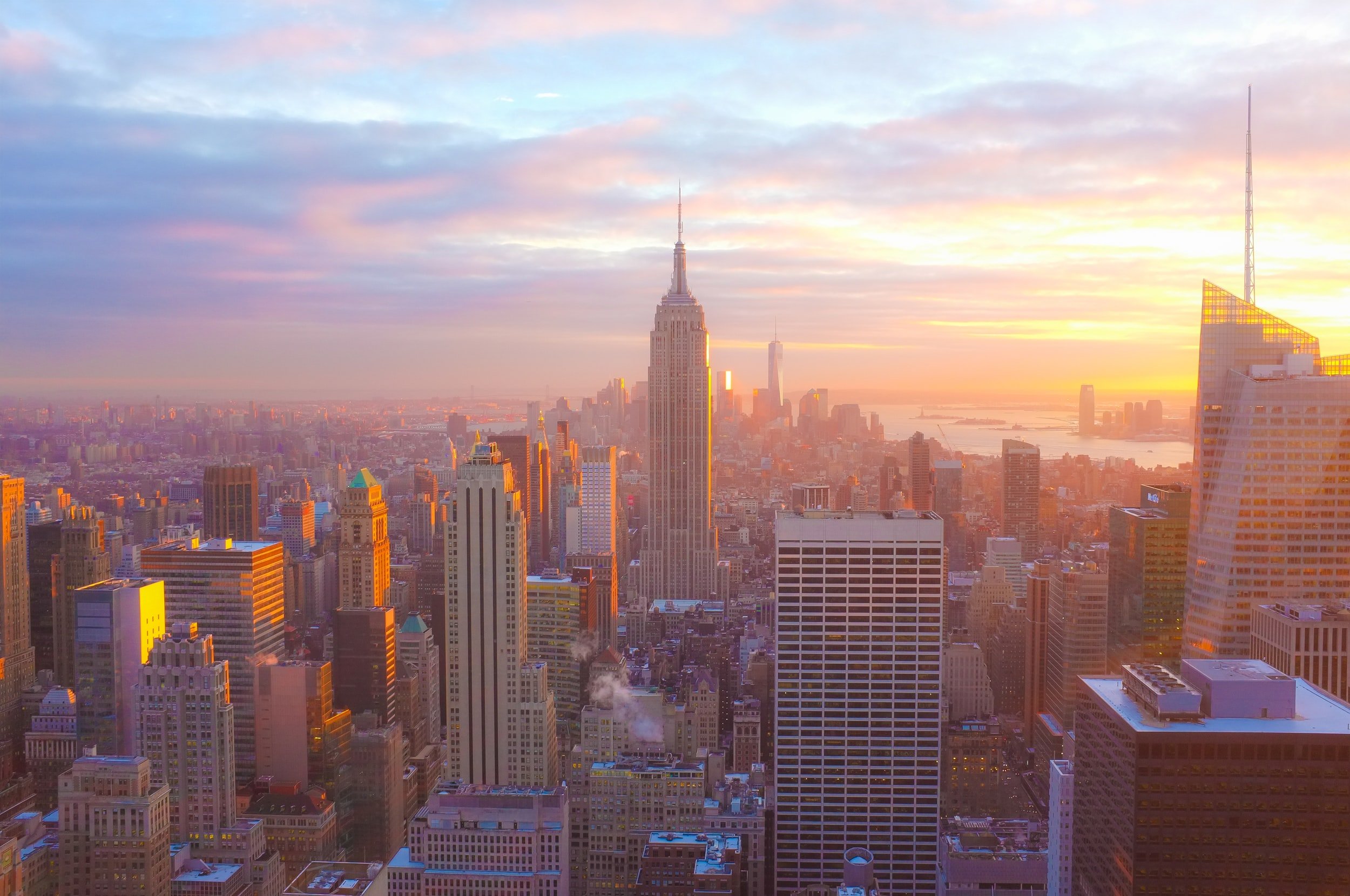Light is the most important thing you're not thinking about
When it comes to the spaces we inhabit, be them our homes, our offices, stores we shop in, or hospitals we heal in, we take the fact of the lighting for granted. This is the case largely because of the astonishing adaptability of the human eye and brain when it comes to the light we're experiencing.
The shortest explanation of is evolution. Basically, that our eyes and brains evolved to see, and the better we could see, the more likely we were to survive. That's why our vision is so highly attuned and adaptable. It's the reason our pupils dilate at night, and we can make out forms in the dark despite incredibly low light levels. It's the reason we can squint and still see tremendous distances when it's remarkably bright.
So, when we walk into a doctor's office and there are bright flickering fluorescent baskets in the ceiling, our eyes, and brains compensate for that poor light quality. There is (usually) enough light for us to see adequately enough. But in the background, something else is going on...
The flicker of the lights is causing a low-level headache, and it's hard for us to focus. The colors are muted and not easily discerned.
The angle of the light is harsh, drawing unnatural shadows across faces and muting or distorting skin tones. All of these things are detracting from our experience on an unconscious level. That’s because our brains are working harder than they should have to discern the information they are absorbing through the eyes.
The Good Enough Attitude
The problem is we are so adaptable to light, it's easy for designers, architects, and engineers to take a "good enough" approach when it comes to lighting. After all, we've all been to a generically lit doctor's office and had fine healthcare outcomes, who cares if it wasn't a beautiful visually appealing situation? That good enough attitude has left us with light that is less than it could be in almost every situation in our lives.
We know this to be true intuitively, even if we don't think about it much. If you ever think about light (and most people don't) then you probably think about times light was either really good (beautiful, amazing or comforting) or really bad (too dark, harsh, poorly colored). For right now, let's think about a time you can recall where the light was really good - maybe a campfire, or a Christmas Tree or a Diwali celebration.
Odds are that the experience was a good experience because the light visually stimulated us. Have you ever sat under a string of incandescent Christmas lights, messily strung around the room? That's the feeling great light can give.
That feeling should be part of every one of our designed spaces. From the supermarkets we shop in to the offices we visit. This should be our concern as consumers, but I’m here to tell you it should also be your concern as a business owner. If your business relies on a physical location in any way, incorporating great light will make your space more profitable. We know this about car dealerships, supermarkets, spa and personal care businesses, even office spaces and warehouses are more productive and profitable when they invest in great light.
If you’re in the process of designing a new space, no matter the size, lighting needs to be at the forefront of your thinking. Your architect has a plethora of resources at their disposal to turn your lighting from average to extraordinary. All they need to know is that you are ready to invest in great light.










